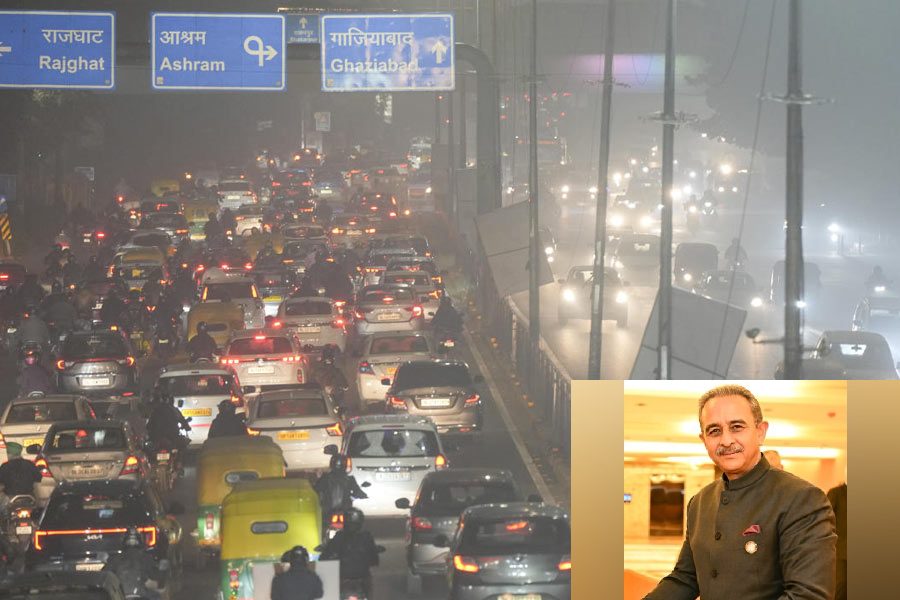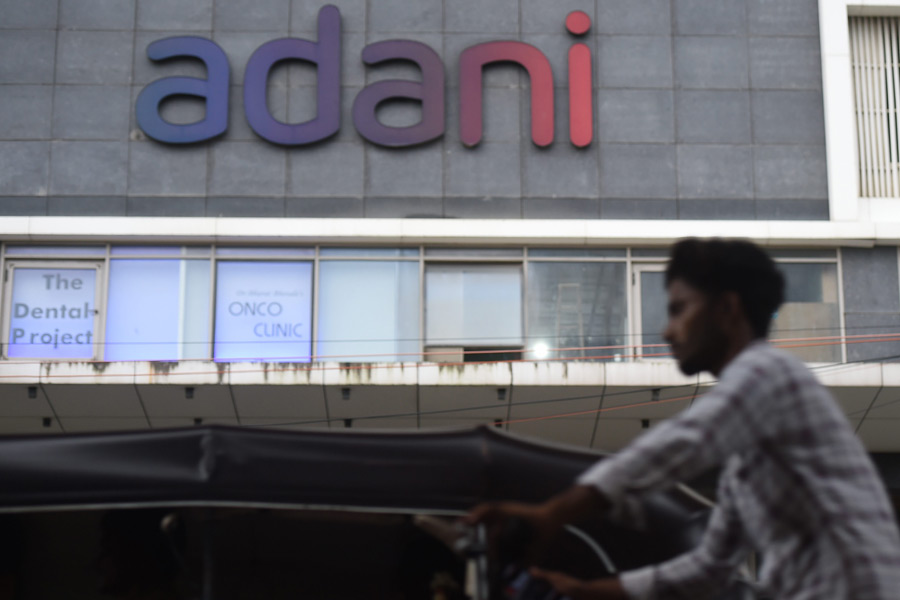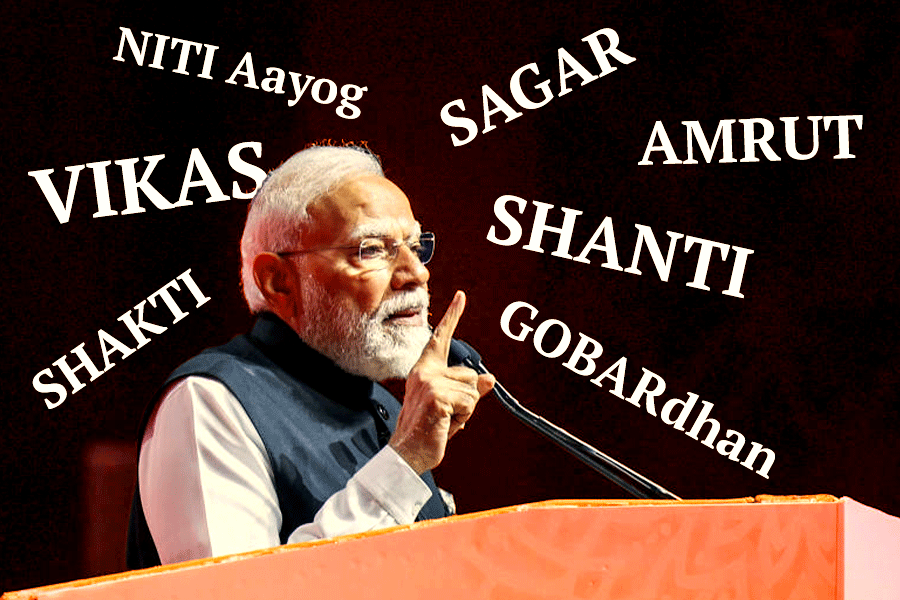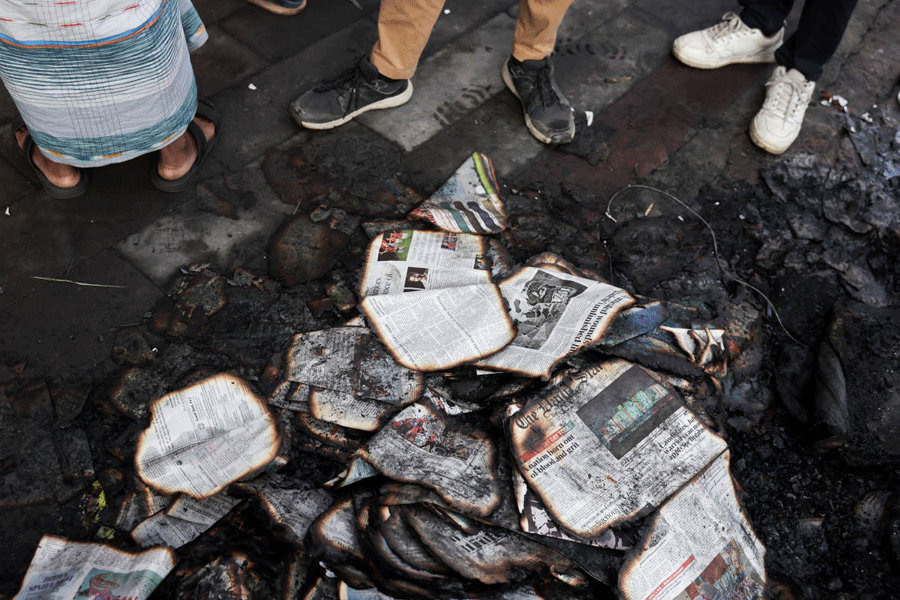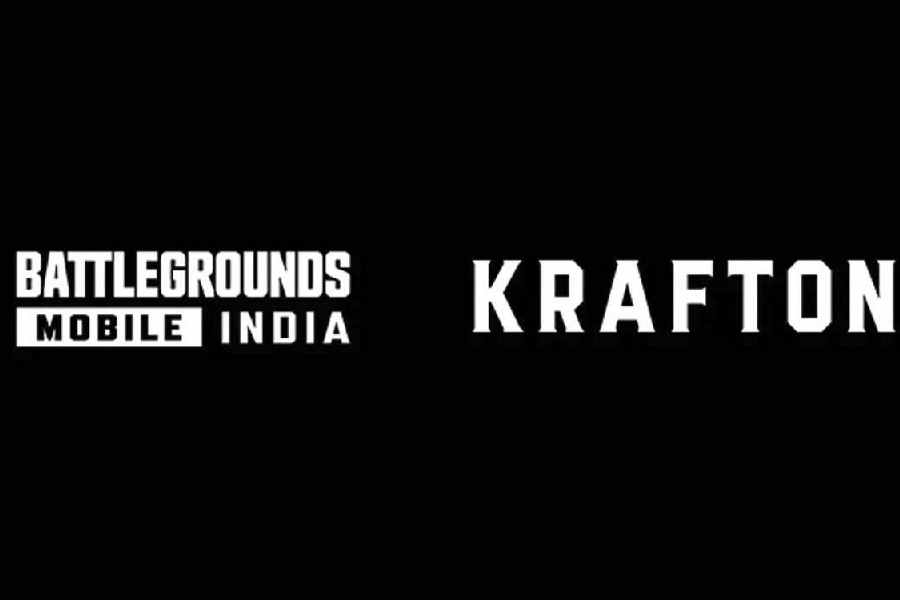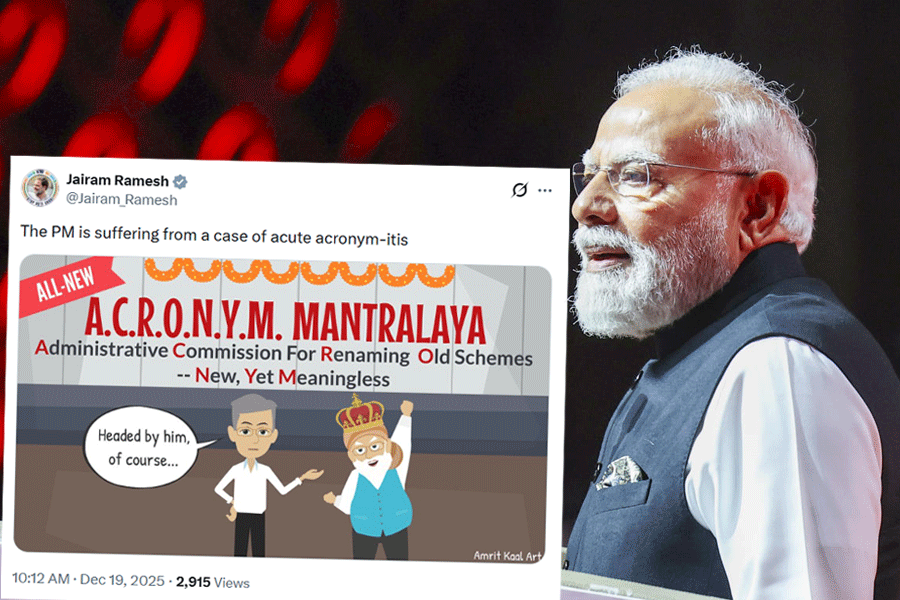London, Aug. 11 (Reuters): Pigswill, Fursty Ferret and tongue-twisting Locky’s Liquor Locker Liquor were just some of the strangely named beers being sipped at this month’s Great British Beer Festival.
Thousands of “real ale” lovers swarmed around casks of around 700 different types of beer, 400 of them from Britain.
These drinkers swear by the traditional beers produced by Britain’s countless small breweries — ales that tend to be darker, richer, warmer and flatter than the bubbly, yellow, mass-produced lager that now dominates in pubs.
Visitors ranged from the organised enthusiast, consulting tasting notes to plan which brew to try next, to those who simply went for the wackiest-sounding name. “I definitely chose the beers on their names, like Lion Slayer and Roaring Meg,” said Londoner Alison Bone, who was at the festival with her real-ale enthusiast boyfriend. “He read the programme more though and looked at their tastes.”
As sampling progressed, by the pint or half-pint rather than the wine taster’s sip, visitors found it harder to articulate their order. The Boat Brewery’s Locky’s Liquor Locker Liquor was a particularly tricky name for some.
“After they’ve had a few drinks, people end up just pointing to it or mumbling something similar-sounding,” said one volunteer serving the beer at London’s Olympia exhibition halls.
Ale experts said a beer’s quality was much more important for sales than the name, as novelty value would soon wear off.
“People may just buy for novelty, so they can say they have drunk ‘Dog’s Bollocks’, for example,” said Dino Peney, from the Maypole brewery in the central English county of Nottinghamshire, whose beers carry more sober titles like ‘Wellow Gold’.
“But silly names do not really sell beer. We have tried to keep the names simple — Wellow is where our brewery is.”
Another brewing expert said choosing a good name was vital, but that silly ones could be damaging. “There are too many rather suggestive names in real ale, which I don’t think does the industry much good,” said Steve Reynolds, marketing director at Springhead brewery.
“But there are 350 breweries of our size or thereabouts, making 10 beers each. We are selling first and foremost to landlords (pub owners) and that landlord is not going to taste 3,500 beers — so names are important.”
Apart from providing a good excuse for a jolly, the festival is a useful showcase for Britain’s many microbreweries, whose brews are often only available in a handful of pubs and who struggle in a market dominated by multinationals.
“It acts as a national showcase — it’s the one chance you get for national exposure. It gives an opportunity for people to taste your beers,” said Springhead’s Reynolds.
Real ale lovers said the most important thing about their beer was the difference between it and more commercial types.
“Real ale is a living culture. People are increasingly proud of regional food and good food these days and real ale represents the drink industry equivalent. It’s a celebration of heritage and tradition,” said Reynolds.


